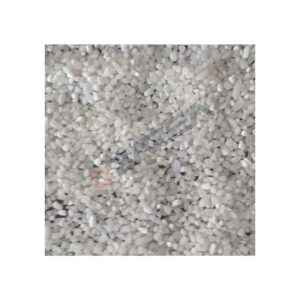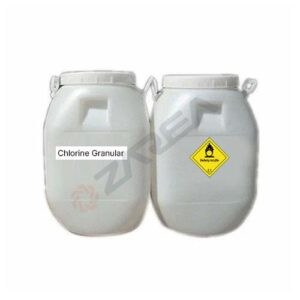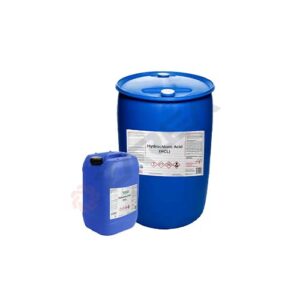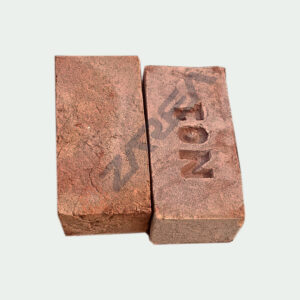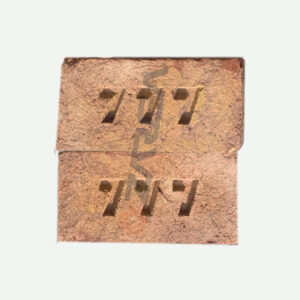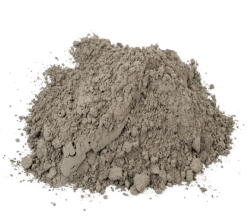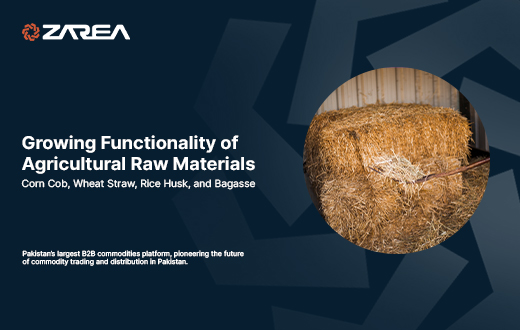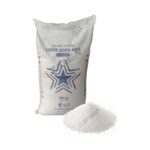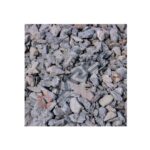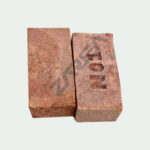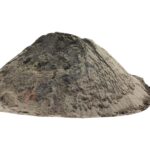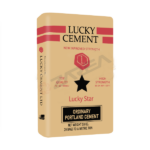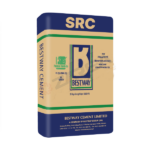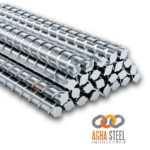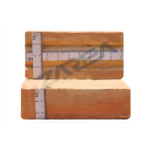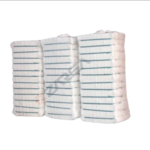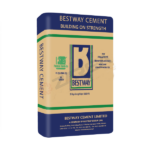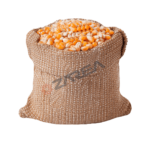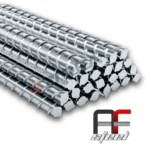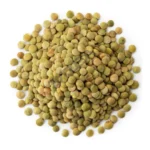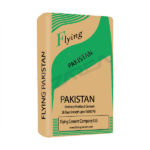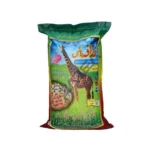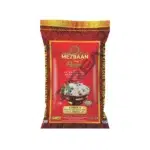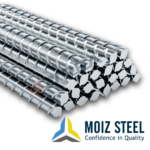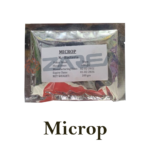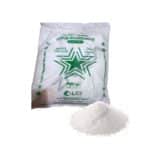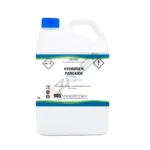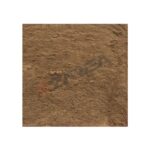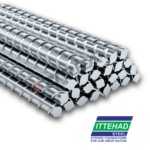The functionality of agricultural raw materials such as corn cobs, wheat straw, rice husks, and bagasse is expanding significantly. These materials, once considered agricultural waste, are now being recognized for their potential in various innovative applications. This shift is driven by the growing emphasis on sustainability, resource efficiency, and the development of new technologies. Here are some key areas where the functionality of these agricultural raw materials is growing:
1. Biofuels and Bioenergy
Agricultural residues like corn cobs, wheat straw, rice husks, and bagasse are valuable feedstocks for biofuel production. They are used to produce second-generation biofuels, which do not compete with food crops and offer a more sustainable alternative to fossil fuels. Examples include:
- Ethanol and Butanol: Produced from the fermentation of corn cobs and wheat straw.
- Biogas: Generated from anaerobic digestion of rice husks and bagasse.
- Pellets and Briquettes: Made from compacted straw and husks for use as solid biofuel.
2. Bioplastics and Biocomposites
These agricultural raw materials are increasingly used in the production of bioplastics and biocomposites, which offer a renewable and biodegradable alternative to conventional plastics:
- Corn Cob: Utilized in producing bioplastics through fermentation processes.
- Wheat Straw and Rice Husk: Incorporated into biocomposites to enhance the material properties of plastic products.
- Bagasse: Converted into biodegradable packaging materials, reducing reliance on petroleum-based plastics.
3. Construction Materials
Innovations in sustainable building materials have led to the utilization of agricultural residues in construction:
- Wheat Straw and Rice Husk: Used to produce particleboard and fiberboard, offering a renewable alternative to wood-based panels.
- Bagasse: Employed in the production of lightweight, insulating construction panels and bricks.
- Corn Cob Ash: Used as a pozzolanic material in concrete, improving its strength and durability.
4. Animal Feed and Bedding
Agricultural by-products serve as valuable resources in livestock farming:
- Corn Cob and Wheat Straw: Used as fiber-rich feed additives for ruminants.
- Rice Husk: Provides a comfortable and absorbent bedding material for poultry and livestock.
- Bagasse: Used as a roughage component in animal feed, enhancing nutritional value and digestibility.
5. Soil Amendments and Fertilizers
These raw materials contribute to sustainable agriculture by improving soil health and fertility:
- Biochar from Corn Cob and Rice Husk: Enhances soil structure, water retention, and nutrient availability.
- Composted Wheat Straw and Bagasse: Serve as organic fertilizers, enriching the soil with essential nutrients and organic matter.
6. Industrial Applications
Agricultural residues are finding novel applications in various industrial sectors:
- Corn Cob and Rice Husk: Used as abrasives and polishing agents in cleaning and manufacturing processes.
- Wheat Straw: Converted into paper and pulp, reducing the need for tree-based resources.
- Bagasse: Utilized in the production of bio-based chemicals and industrial enzymes.
Conclusion
The growing functionality of agricultural raw materials like corn cobs, wheat straw, rice husks, and bagasse reflects a broader trend towards sustainability and innovation. These materials, once considered waste, are now being transformed into valuable resources across multiple industries. By harnessing the potential of these agricultural residues, we can create more sustainable and efficient production systems, reduce waste, and contribute to a greener economy. Continued research and development in this field will likely uncover even more applications, further enhancing the value and utility of agricultural raw materials.
